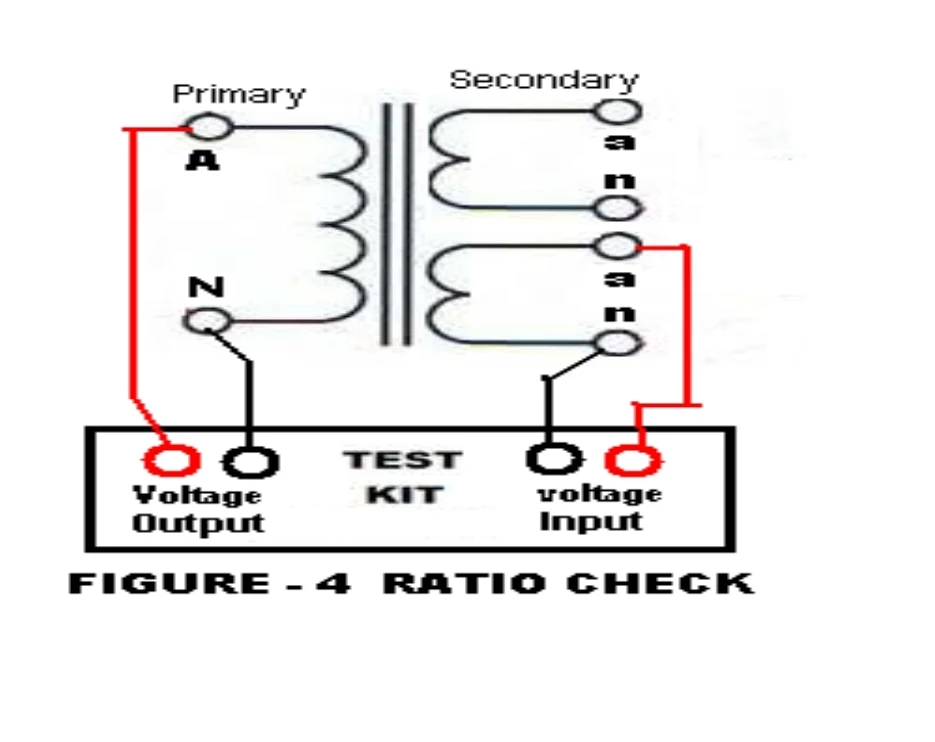VOLTAGE TRANSFORMER
SCOPE:
This method statement covers the procedure for doing site tests to be carried out on voltage transformer.
OBJECTIVE OF THE TEST:
The objective of the test is to verify the readiness & healthiness of the voltage transformer.
SAFETY PRECAUTIONS
Secondary circuit of voltage Transformer should be open circuited during testing since the high voltage injected during insulation resistance may damage the insulation and other components in the circuit.
Standards rules for working on high voltage equipment will be followed.
Company’s safety codes will be followed.
STANDARD/SPECIFICATION REFERENCE OF THE TEST:
Voltage Transformer specification and approved drawings.
PROCEDURE OF TEST:
The tests to be carried out in site for voltage transformer are Insulation resistance, Polarity, Winding Resistance, Ratio Check,
INSULATION RESISTANCE:
To check and confirm the insulation of voltage transformers, “Insulation Test” is carried out on individual core of each voltage transformer. Insulation test is done between Primary – Earth, Primary– Secondary, Secondary to Earth and Secondary to Secondary in case of two or more secondary
winding in one Voltage Transformer.
Do the connections as shown in figure - 1, select the voltage level as per the combination,apply the voltage for 60 Seconds and record the values in the test sheet.
POLARITY
Each voltage transformer will be individually tested to verify that the primary and the secondary polarity markings are correct.
When primary voltage is applied between A-N (i.e.) positive in ‘A’ terminal and negative in ‘N’terminal, in secondary side flow will be from a to n.
The primary and secondary terminals of the VT to be connected to the test kit (CPC100) as shown in figure – 2 then select the polarity mode in the kit and test to be started after testing kit will give the report as polarity ok or not ok.
Care should be taken that from the test kit (CPC100) red colored terminals are connected to P1, S1 terminals of the CT and the black colored terminals are connected to P2, S2 of the CT. Refer figure-2.
The primary and secondary winding of the voltage transformer has its own resistance, this winding resistance to be measured and noted for protection calculations.
The primary winding resistance can be measured using resistance mode in multimeter
The secondary winding can be measured using milliohm meter or CPC 100.
The secondary terminals of the CT to be connected to the CPC100 as shown in figure-3 and the test to be started after testing CPC100 will give winding resistance of the CT secondary. Refer figure-3.
RATIO TEST
The rated transformation ratio is the ratio between the primary rated voltage to the secondary rated voltage.
The ratios of the VT is checked by applying voltage in the primary and measure the induced secondary voltage and compares the results with the name plate ratio.
The primary and secondary terminals of the VT to be connected to the CPC100 as shown in figure - 4 and the test to be started after testing CPC100 will give the VT ratio. Refer figure - 4.


